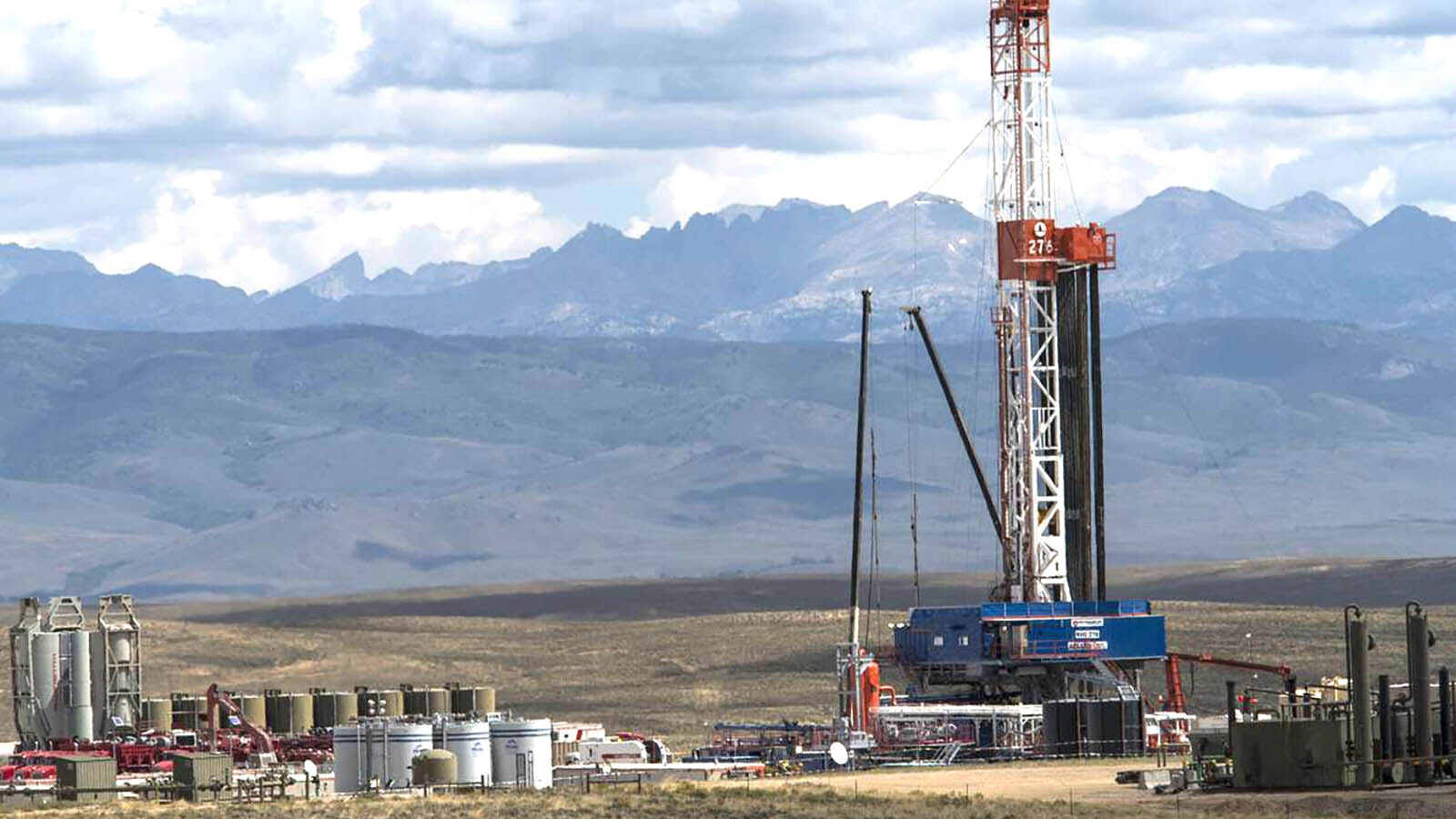After more than a century of production, the Phosphoria Formation in southwest Wyoming appears to be nearing the end of its productive life as an oil producer, according to a new federal assessment, though significant natural gas reserves remain untapped.
The U.S. Geological Survey released its latest assessment of the Phosphoria Total Petroleum System this week, estimating only 3 million barrels of undiscovered oil remain in the formation, compared to the approximately 500 million barrels already extracted since production began around 1920.
The assessment also projects 666 billion cubic feet of recoverable natural gas still lies beneath the surface.
"USGS energy assessments typically focus on undiscovered resources — areas where science tells us there may be a resource that industry hasn't discovered yet," said Sarah Ryker, acting director of the USGS. "In this case, after 100 years of production, we estimate the Phosphoria Total Petroleum System has relatively little remaining oil and more than 600 billion cubic feet of gas."
The Phosphoria Formation gets its name from its high phosphorus content — so rich that it's mined in Idaho as a fertilizer component where the formation is exposed at the surface. This ancient rock formation served as the source rock for much of the oil and gas produced throughout western Wyoming over the past century.
Jeremy Ring, an oil and gas geologist at the Wyoming State Geological Survey, explained that
while the Phosphoria Formation may be approaching depletion, Ring emphasized that this doesn't signal the end of oil production in southwest Wyoming.
"Absolutely not," Ring said when asked if the region was running low on oil resources. "The Phosphoria is the deepest of the major formations that produce out there. It wants to come out of the ground due to the pressures underneath. So all of the oil will make its way up into shallower formations over time."
The geologist noted that numerous Cretaceous-age formations above the Phosphoria remain highly productive and are technically easier to extract from than the deeper Phosphoria deposits.
However, accessing the remaining Phosphoria gas reserves presents significant economic challenges.
Steve Degenfelder, a landman with Kirkwood Oil and Gas, pointed out critical issues with production from the formation.
"The Phosphoria Formation is really deep in southwest Wyoming," Degenfelder said. "We tend to prospect in the shallower Cretaceous formations as seen on the attached strat chart. Those are generally sweet gas."
The depth isn't the only concern.
"The one problem with production from the Phosphoria that I have seen is that it is likely sour gas which means it has hydrogen sulfide (H2S) and requires very expensive treatment to make it saleable," Degenfelder explained. "If that is the case, then a lot of sour gas these days would be uneconomic because the treatment costs would exceed the value of the residual methane gas."
Critical Minerals
Despite the formation's declining oil prospects, Wyoming scientists continue studying the Phosphoria for other valuable resources.
The Wyoming State Geological Survey is collaborating with the USGS through the federal Earth MRI program on geochemical analysis of the formation.
"We'll have data and publications coming out within the next few years," Ring said. The research focuses on "geochemical analysis" and "learning about other potential minerals for critical mineral analysis."
This research will look for deposits of rare earth elements that have become increasingly important for modern technology and national security.
The work represents part of federal initiatives to prioritize critical minerals development, though Ring noted this particular research project has been ongoing for two to three years, predating recent executive orders.
According to the USGS assessment, the Phosphoria Formation encompasses parts of Wyoming, Utah, and Colorado. The formation includes organic-rich mudstones containing up to 10 percent total organic carbon. This is exceptionally high — most rocks contain less than 1% organic carbon.
A mudstone is a fine-grained sedimentary rock composed primarily of clay and silt particles. It's essentially compressed and hardened mud that accumulated over geological time periods.
These mudstones served as the "kitchen" that cooked organic matter into oil and gas, according to the USGS, around 85 million years ago.
The significance is that mudstones with this level of organic richness are relatively rare geologically, reported the USGS. When buried deep enough to reach the right temperature and pressure conditions, the organic matter in these mudstones transforms into hydrocarbons. The Phosphoria mudstones were the source that generated the oil and gas that then migrated upward into reservoir rocks throughout western Wyoming.
Essentially, without these exceptionally organic-rich Phosphoria mudstones, there would have been no oil and gas industry in much of western Wyoming — they were the geological foundation that made a century of energy production possible in the region.
The recent USGS assessment found that more than 1,000 wells have been drilled in the Southwestern Wyoming to produce oil or gas from sub-Cretaceous rocks, though most wells have targeted the margins of the petroleum system where oil remains the dominant resource.
David Madison can be reached at david@cowboystatedaily.com.









